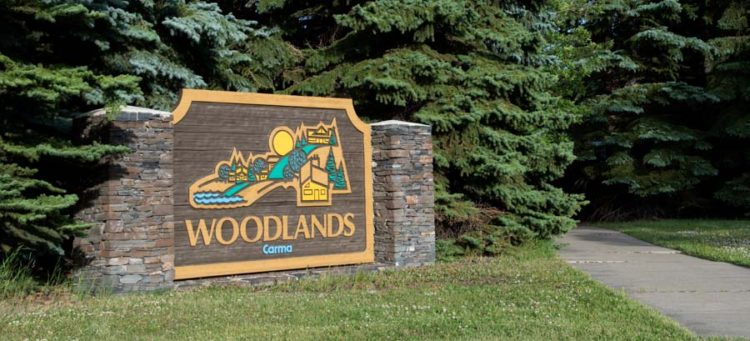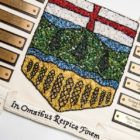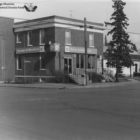
Then & Now
Woodlands
August, 2017
If you spent any time in Woodlands this summer, it was probably in the company of friends and family. Whether you were cooling down in the spray park with your kids or catching a recital at the Sturgeon Valley Baptist Church, you’ll likely have noticed that Woodlands takes community very seriously. But the Woodlands we know today has a more controversial past than many people realize. In fact, during its planning stages, many hoped Woodlands would never come to be. Why? Here’s a glimpse back at its history.
1970s
The Woodlands development was planned during the early 1970s to accommodate St. Albert’s steady population growth during the 50s and 60s. Some residents, however, as well as some members of city council, believed that the city’s population was at what they described as “a tipping point,” meaning “hello, big city problems.” To allow the construction of Woodlands, they argued, would be the beginning of the end for our quiet city.
One councillor warned that the construction of Woodlands would “open a Pandora’s Box of troubles” for St. Albert, as he and many of his constituents feared that the resulting population increase would lead to unfixable traffic problems, an over-taxed social-services department and an increase in crime due to the overburdened police force.
After nearly a decade of arguments and a few compromises later, the two sides came together and agreed to go forward with the new development. Woodlands’ first residents moved into their homes on
September 19, 1979.
1980s
One of the compromises made in the Woodlands agreement was to expand Boudreau Road to alleviate the anticipated traffic problem. As construction on the development continued into the 80s, roadwork continued alongside it. Whether or not Boudreau Road was truly overburdened in the 1970s was a matter of long public debates, but we do have the Woodlands controversy to thank for the construction of the familiar, four-lane traffic artery that many of us rely on today.
The anticipated increase in crime and shortages to social services never came to Woodlands, either. Instead, St. Albert got a quiet neighbourhood full of thriving families. Keenooshayo School and Neil M. Ross Catholic School both opened their doors in 1981, giving the children of Woodlands schools close to home. In 1983, Sturgeon Valley Baptist Church opened its doors for the first time. The congregation had been meeting in school gymnasiums since 1976, and once they got their own building to call home, they returned the kindness they had been shown by offering their church as a meeting place for groups of churchgoers and non-churchgoers alike, including the Sturgeon Valley Music School, one of St. Albert’s longest-running schools for young musicians.
1990s
By the 90s, the development of Woodlands was more or less complete, but there was a strip of green space along the Sturgeon River that still sat vacant. In 1992, the St. Albert Botanic Park opened, giving residents a public space to practice their botanical skills, or just to enjoy the peaceful nature of the gardens.
In 1995, Woodlands Water Play Park opened to the public and was the first park of its kind in Western Canada. The park was innovative in its design, its pumping technology and in its safety protocols. It was so successful in fact, that it became the model for other
communities in Alberta looking to build splash parks of their own.
For the athletes of St. Albert, the 90s also saw the opening of Legion Memorial Ballpark and the St. Albert Skate Park, both of which would become popular public meeting spaces on sunny afternoons.
Today
Woodlands never did become the tipping point that was predicted during its development. In fact, instead of tearing the city apart with traffic and crime, Woodlands has brought the people of St. Albert closer together through the many community gathering spaces that the area has become known for. t8n
Did You Know?
Woodlands was the first residential development in
St. Albert to make use of the concept of “show homes” or as it was known back then, a “home
parade.” It was a sales experiment inspired by homebuilders in California, and needless to say,
it was a success.
Fun Fact
When Woodlands was first
proposed, it was set to cover the area that is now occupied by Woodlands, Pineview and
Kingswood, which would have increased the area of St. Albert
by over 25%.













